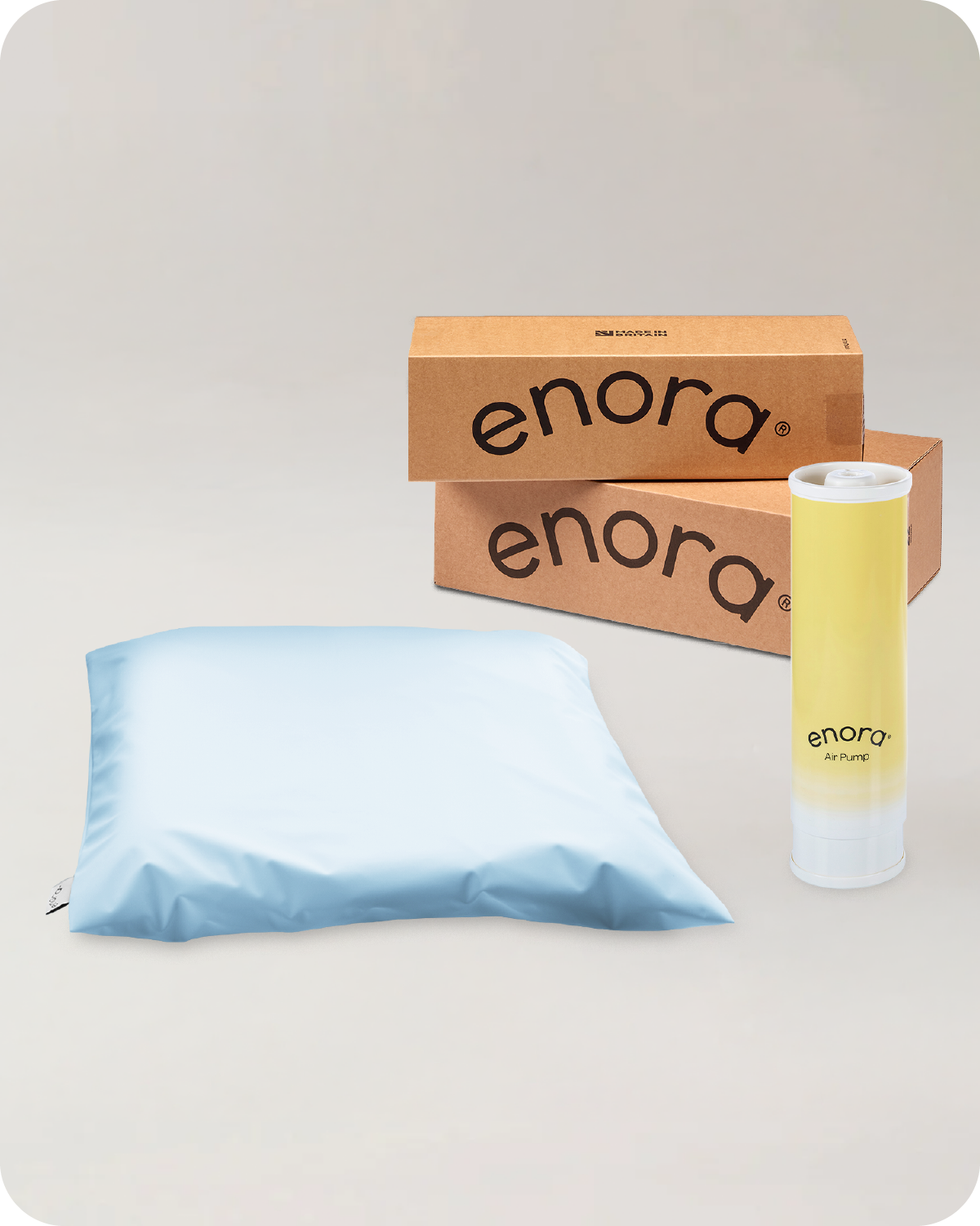Pressure sores, also known as pressure ulcers or bedsores, are preventable, treatable, and unfortunately, often misunderstood wounds. In this blog, we’ll unravel the pressure sore stages individually. While exploring effective treatment options available to you at each stage.

Breakdown of each pressure sore stage
Pressure sores don't develop overnight. They evolve through distinct stages, each characterised by specific symptoms. Understanding each stage allows you to take appropriate prevention and treatment measures.
Let's explore them in detail:
Stage 1: Early Warning - Listen to Your Skin's Whisper
The initial stage of pressure sores is often described as your skin's gentle whisper of discomfort.
At this point, your skin appears red or discoloured, but it remains unbroken. It's your body's way of saying, "I need your attention."
This early warning sign signifies that pressure is beginning to affect the area. If detected early enough, you can prevent it from progressing into the more serious stages.
While it may not be painful yet, you shouldn't ignore this red flag. Simple adjustments, such as shifting your weight to relieve pressure or using pressure-relief products can make a significant difference.
Stage 1 offers you the opportunity for early intervention and a chance to avoid the pain and complications that come with the advanced stages of pressure sores.
Stage 2: Partial Thickness - When Your Skin Speaks Louder
As pressure sores progress, your skin's communication intensifies.
In Stage 2, the pressure sore advances to the point where your skin is breached. This results in the development of a shallow open wound or blister.
Pain isn't the only concern here; there is also an increased risk of infection due to your exposed wound.
You can carefully manage your pressure sore to stop further deterioration. Through wound care, including cleaning your wound, applying appropriate dressings, and ensuring a sterile environment to promote healing.
Continuous pressure relief remains helpful at this stage, as it helps reduce further damage and discomfort. You can do this through regularly moving, repositioning, or medical products.

Stage 3: Full Thickness - A Deeper Challenge
At Stage 3, the challenge deepens - literally.
Your pressure sore extends further into the tissue below your skin's surface, and the damage becomes more significant.
At this point, it appears as a visible crater. It may expose underlying structures like muscles and tendons. Making the risk of complications, such as infection and muscle or tissue damage, more likely.
Where it's harder to treat, there’s still methods you can use.
Applying wound dressing to help keep the skin healthy. Following a wound care routine to make sure it’s getting adequate care. And focusing on preventing infection, to stop any more serious problems.
Relieving the pressure from your sore and stimulating blood flow will help treat the pressure sore. With the assistance of oxygen and nutrients from your blood, your wound's healing process speeds up.
Stage 4: Full Thickness with Tissue Involvement - The Pinnacle of Severity
Stage 4 represents the pinnacle of severity in the progression of pressure sores.
In this stage, your pressure sore deepens even further, often reaching down to your muscles, tendons, and sometimes even bones. These pressure sores are likely to be highly painful and can be a challenge to treat.
The management of these wounds typically involves surgical interventions to remove dead tissue to reduce the odour. Paired with an advanced wound care routine and antibiotics to combat infection.
Recognising and understanding the severity of these pressure sores highlights the importance of prevention, early detection, and wound care to avoid the consequences pressure sores can bring.
Pressure relief will dramatically aid in the treatment of your pressure sore. Limited pressure and friction, paired with increased blood flow, the speed at which your pressure sore can heal increases.
One of the best ways you can do this is through pressure relief products. 
Unstageable and Deep Tissue Injury:
Unstageable sores are where your wound's depth is unclear, and deep tissue injuries may not initially appear as pressure sores but can later on.
Treatment of these types of sores includes removal of dead tissue, maintaining a clean and moist wound environment, and addressing underlying causes like pressure relief.
Understanding each stage will gives you a better chance at reducing the effects pressure sores can cause.
There's many different effective treatment options available, for each different stage.
However, if possible to save yourself pain and discomfort, we recommend that you don't let your pressure sores develop. Find everything you need to know about preventing pressure ulcers here.






Leave a comment
This site is protected by hCaptcha and the hCaptcha Privacy Policy and Terms of Service apply.